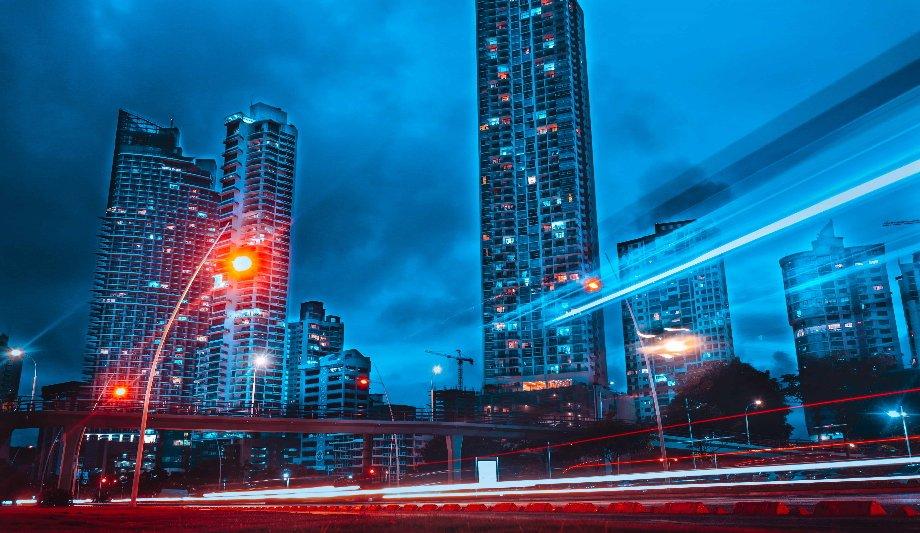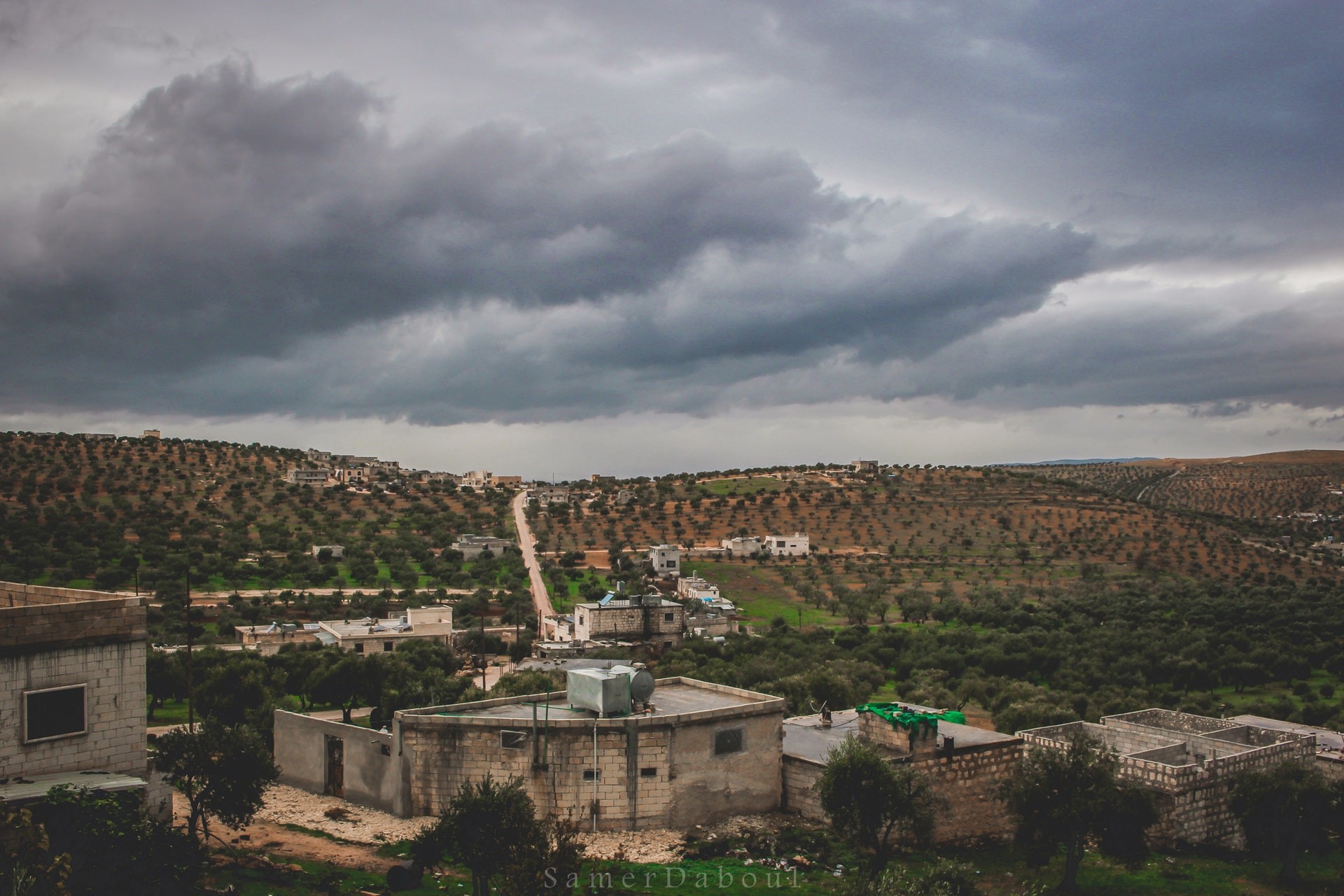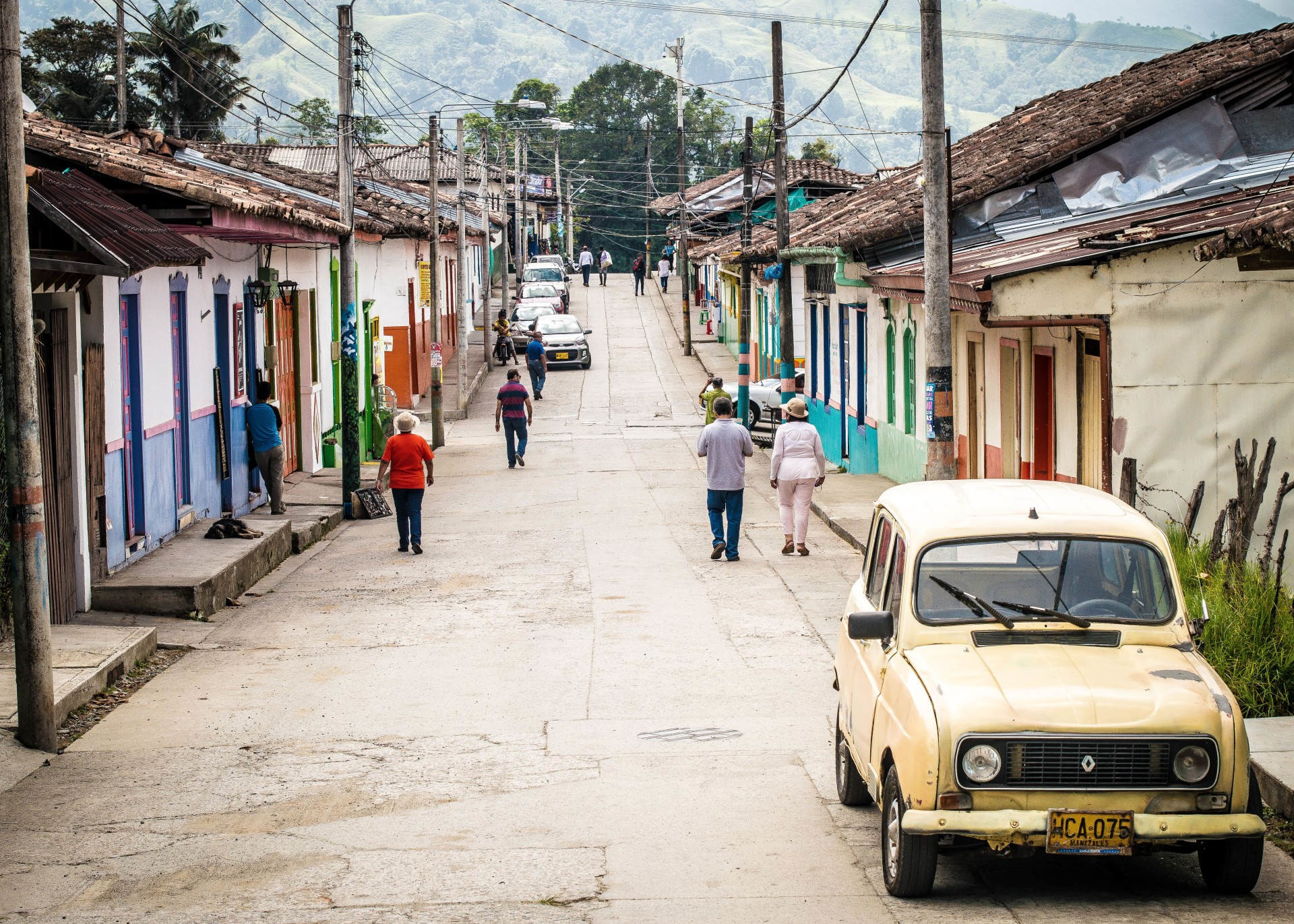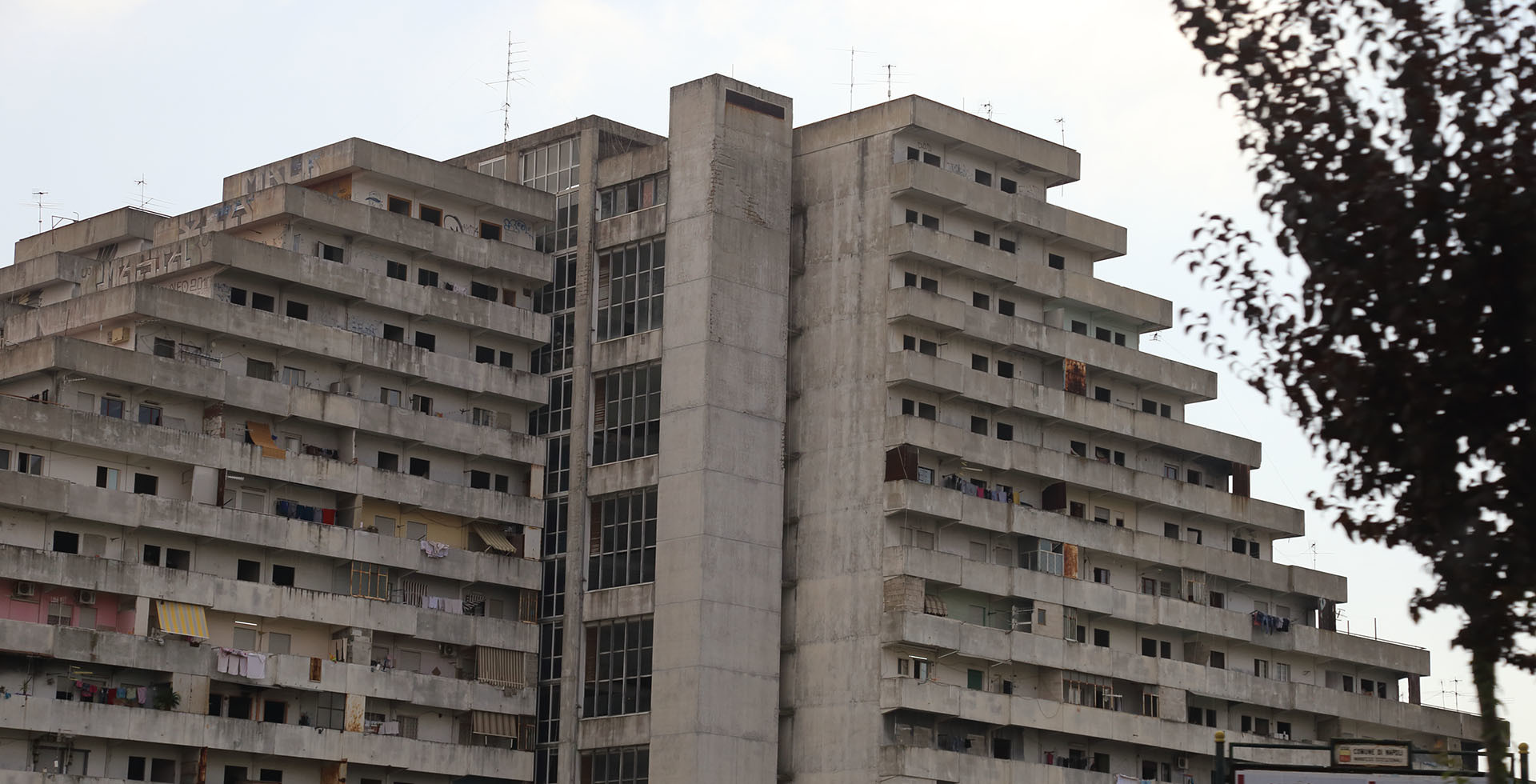Author | Jaime Ramos
The earthquake affecting Turkey and Syria has once again highlighted the role of cities in terms of preventing or mitigating the effects of disasters. Is there more margin for saving lives? If we look at Japan, the answer is yes.
Here we will analyze how the Japanese have dealt with the challenges of seismic activity in their cities through their urban planning and architectural strategies.
Japan and earthquakes: a historical lesson
As with the Anatolian Peninsula, the 3,000+ Japanese islands are located in a region with explosive geological and seismic activity. In Japan’s case, it is located within an even more vast area known as the Pacific Ring or Girdle of Fire and which affects its entire Oceanic perimeter, from the coasts of America to Asia, Oceania and Polynesia.

This name applies to the plate subduction phenomenon, i.e. one plate submerging under another. This collision between plates is the main cause of earthquakes. In Japan there are over 5,000 earthquakes each year, of which "only" one fifth are noticeable and "not too many" are catastrophic.
However, as in other parts of the world, the risk and consequences of major earthquakes and their associated effects (tsunamis) exists and forms part of the Japanese experience. In fact, the University of Tokyo, predicts that the capital has a 98% chance of experiencing a major earthquake in the next three decades.
The earthquake in Japanese mythology

Seismic events are so embedded in Japanese culture that they have a traditional and religious explanation. Japanese mythology refers to a yokai (creature or demon) in the shape of a giant underground catfish called Namazu. God Kashima is responsible for controlling it, however, sometimes this deity gets distracted and Namazu causes the disaster with its tail. Unsurprisingly, there have been thousands of replicas and analogies in Japanese fiction in the form of threats that come from the sea.
What was the Japanese earthquake of 2011 like?
The last major earthquake took place on March 11, 2011. It was also the worst and most intense since records began. At its most critical moment it reached a magnitude of 9.1 M**~w~** (Turkey and Syria in 2023 recorded consecutive magnitudes of 7.8 and 7.7 M~w~). The death toll reached 19,759 people.
The 2011 phenomenon was devastating and brought with it a whole host of fatal consequences, including the disaster at the Fukushima Nuclear Plant. Japan used this experience to boost a strategy that the country had been following for decades. Because, despite the severity of the 2011 earthquake, there have been even more tragic ones in Japan’s history, such as that of 1923, which devastated Tokyo and caused 140,000 deaths.
What notable measures has Japan taken to reduce the impact of earthquakes?
Without being so intense, the region of Fukushima has experienced three earthquakes with magnitudes ranging between 7.4 and 7.1 M~w~ (in 2016, 2021 and 2022). It is extremely significant that the death toll, both the estimated and confirmed death toll, did not exceed a dozen in each case. This is not only because the earthquakes were less violent, but also thanks to country’s notable plan of disaster mitigation measures.
These begin with the inclusion on the police agenda, in particular, within regulations and plans implemented by the Ministry in charge of infrastructures. A report by this Ministry in 2018 analyzed the situation, concluding that of the 53.6 million homes registered in the country, 46.6 million included earthquake-resistant systems or technologies.
The three earthquake-retrofitting levels in Japan
Although globally there are three types of seismic reinforcement technologies (through dissipation, resistance and deformation-ductility), Japan has been perfecting retrofitting programs since 1981, based on a three-level classification system:
-
Taishin. Mandatory and based on reinforcing the genuine structures of buildings, such as beams, pillars or walls. The standards are aimed at both improving the structure and making it stronger.
-
Seishin. Recommended for tall buildings, particularly in cities. The system uses a series of technologies that function as shock absorbers, to absorb and control vibrations.
-
Menshin. This includes methods to isolate the structure of the building from the ground. It is the most advanced recommended form of technology, but also the most expensive.
Although new buildings include this series of measures, there is still a great deal of work to be done. For example, an inspection conducted in 2021 in Tokyo highlighted that 93% of the 4,000 wooden homes built before 2000 needed concrete retrofitting services.
Prediction and alert system
As illustrated, Japanese earthquake policies are based on prevention. Accordingly, there is a centralized national alert system in place in the Japan Meteorological Agency. The alerts for the population are activated as soon as a possible threat is detected that exceeds 5 M~w.~
However, this technology has also been criticized, particularly after the 2011 major earthquake. Back then the system was not as effective as it should have been. The alert was given too early, without giving the experts time to analyze the situation. The destructive potential of the earthquake was underestimated too. Therefore, many people returned to their homes too early, believing that "the worst was over".
There is no perfect solution
It is clear that prevention tasks require very advanced specialist technology. Seismic phenomena are sometimes complicated to determine in terms of intensity, time and space. In this regard, the metaphor of the unpredictable giant deep-sea fish tail shaking the ocean seems, at the moment, to be correct.
Images | Freepik/mrsiraphol , Tokyo Metropolitan Library






















































